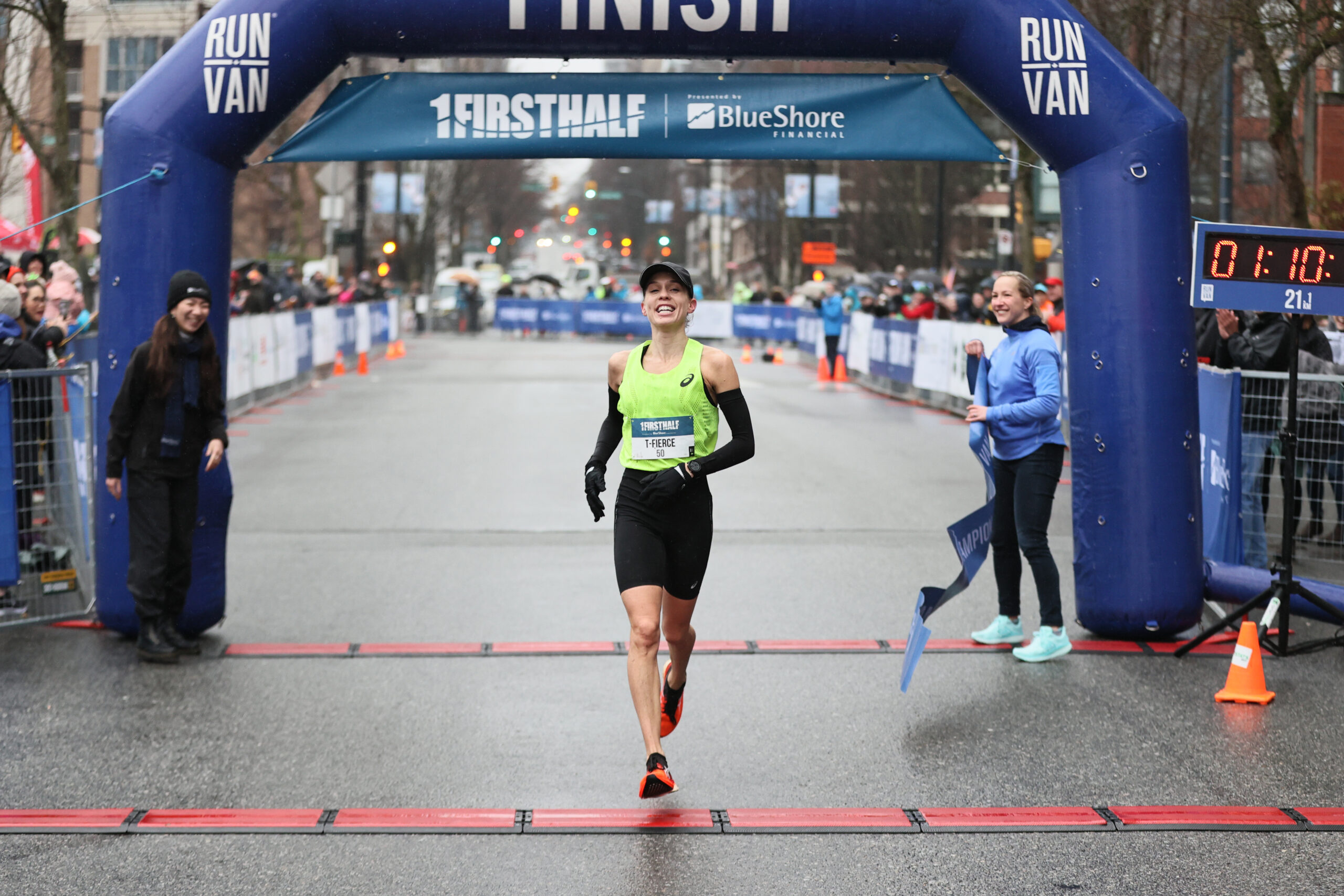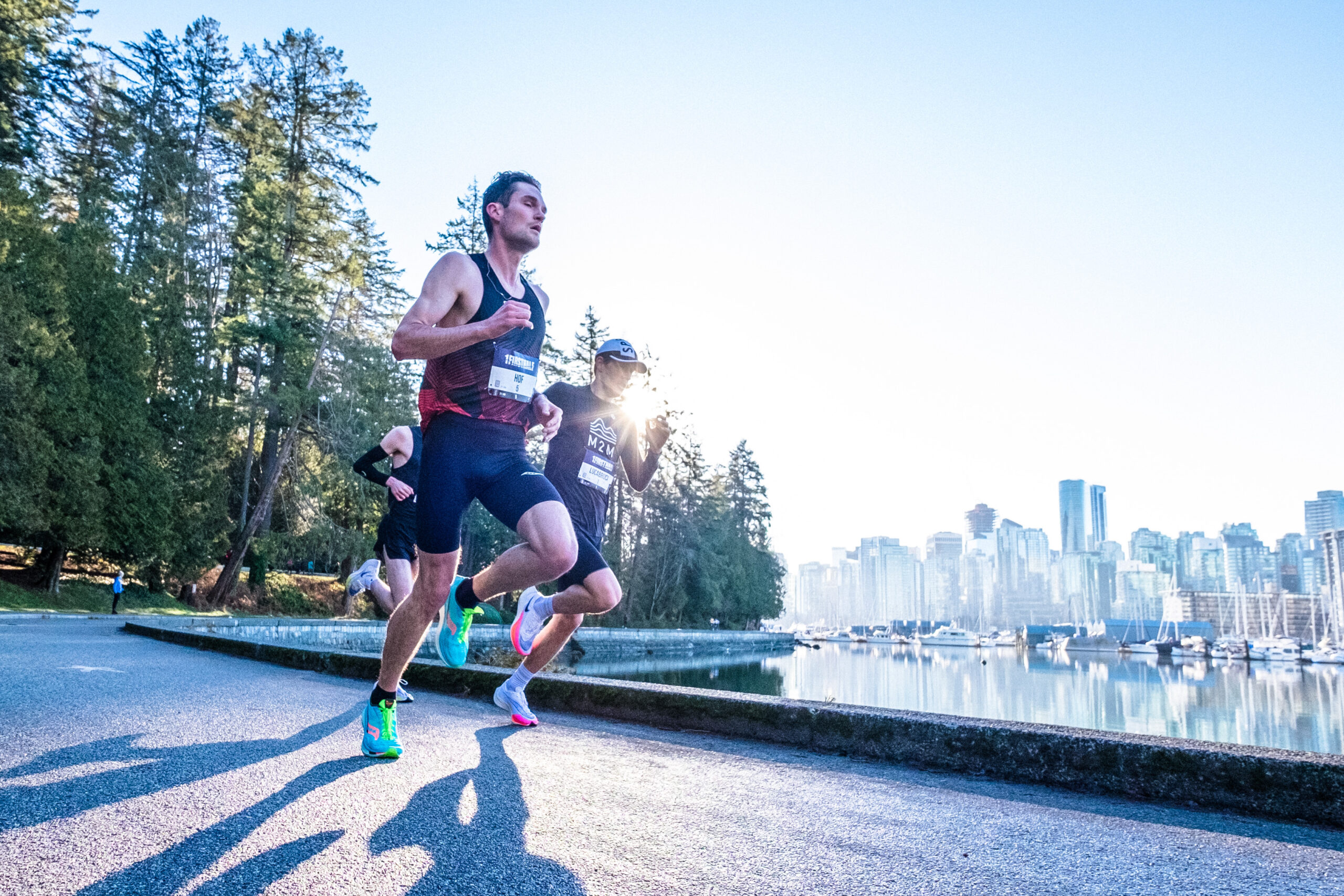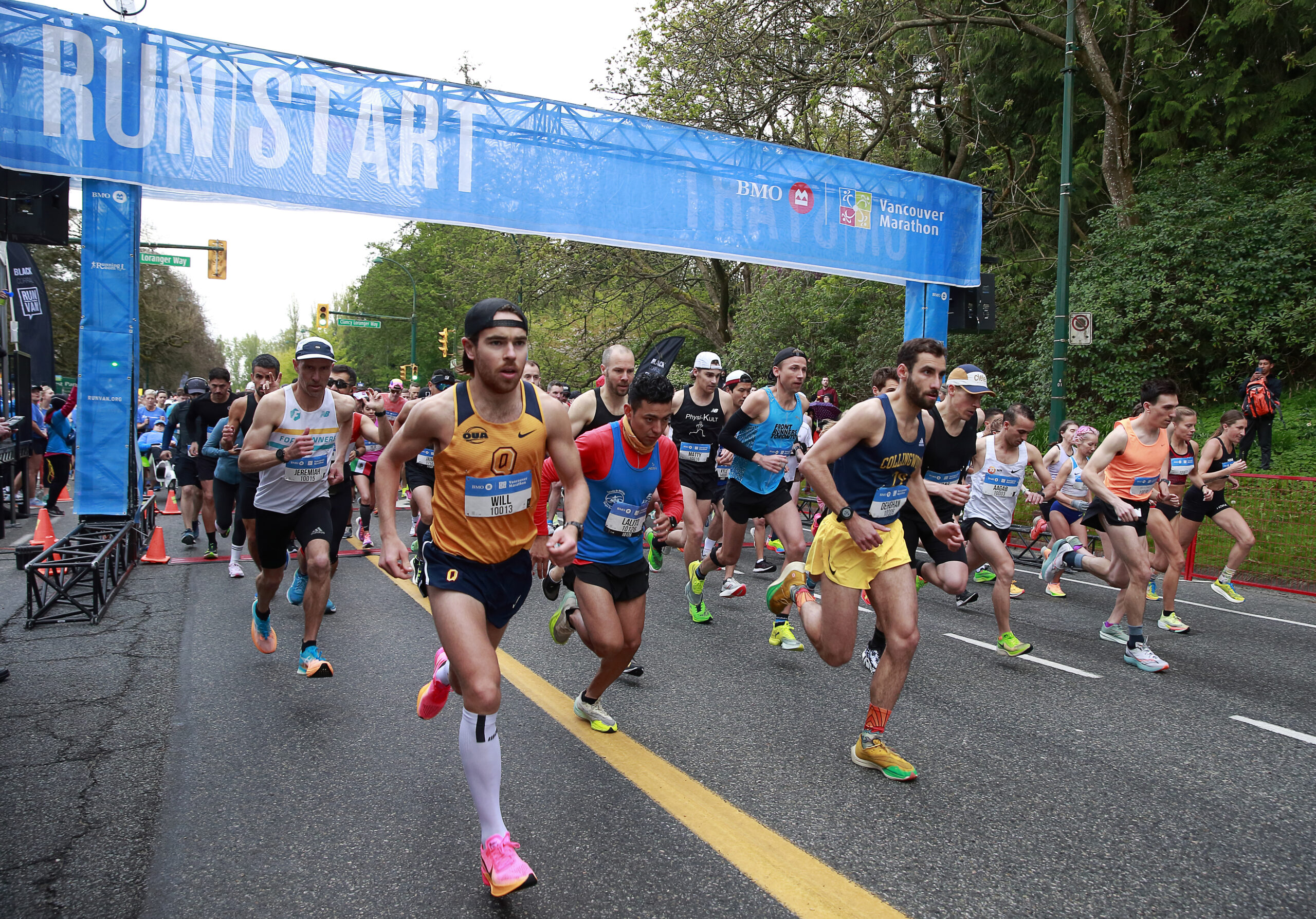RESOURCES
Training Tips, running advice + moreHalf Marathon
What is the distance of a Half Marathon?
The distance of a half marathon is exactly half of a full marathon. It measures 21.0975 kilometres, which is approximately 13.1 miles. The half marathon has gained popularity as a challenging yet accessible distance for runners of various skill levels. It provides a stepping stone between shorter races, like 5Ks or 10Ks, and the full marathon, allowing participants to test their endurance and set personal goals while requiring less training time compared to a full marathon. Half marathons are widely organized and attract a diverse range of participants seeking the satisfaction of completing a significant distance race.
10 training tips for first-time Half Marathon runners
- Build a Gradual Base: Start with a foundation of regular running, gradually increasing your mileage over time to prepare your body for the demands of the half marathon distance.
- Follow a Training Plan: Use a structured training plan designed for beginners that incorporates a mix of easy runs, long runs, speed work, and rest days to help you progress safely and effectively.
- Gradually Increase Long Runs: Gradually increase the distance of your long runs each week to build endurance, aiming to cover the full half marathon distance at least once before race day.
- Incorporate Races: Include shorter races, such as 5Ks or 10Ks, as part of your training plan to gain experience in a race setting, practice pacing, and boost your confidence. RUNVAN offers races for everyone from 5KM to full marathon. Find your next race.
- Focus on Proper Form and Technique: Pay attention to your running form, including your posture, stride, and foot strike, to improve efficiency and reduce the risk of injuries.
- Listen to Your Body: Respect any signs of fatigue or pain, and don’t be afraid to take rest days or modify your training if needed to avoid overtraining and injuries.
- Practice Fueling and Hydration: Experiment with different fueling and hydration strategies during your long runs and races to find what works best for you on race day.
- Incorporate Race Pace Runs: Include runs at your goal race pace to familiarize yourself with the intensity and rhythm you’ll need to maintain on race day.
- Don’t Neglect Recovery: Give your body adequate time to recover between hard workouts and races, incorporating rest days, stretching, foam rolling, and sufficient sleep to aid in recovery.
- Stay Motivated and Enjoy the Journey: Stay motivated by setting smaller milestones along the way, celebrating your progress, and finding joy in the process of training for your first half marathon, including the excitement of participating in races as milestones within your training journey.

Where are the most popular Half Marathons?
Half marathons vary in popularity based on factors like location, reputation, course scenery, organization, and running community. Here are some well-known examples of global half marathons:
Canada:
-
- BMO Vancouver Marathon Half Marathon (Vancouver)
- Toronto Waterfront Half Marathon (Toronto)
- Calgary Marathon Half Marathon (Calgary)
- Ottawa Race Weekend Half Marathon (Ottawa)
- Montreal Rock ‘n’ Roll Half Marathon (Montreal)
United States:
-
- New York City Half Marathon (New York City)
- Rock ‘n’ Roll Las Vegas Half Marathon (Las Vegas)
- Walt Disney World Half Marathon (Orlando)
- Philadelphia Love Run Half Marathon (Philadelphia)
- Brooklyn Half Marathon (Brooklyn)
Europe:
-
- Berlin Half Marathon (Germany)
- Barcelona Half Marathon (Spain)
- Lisbon Half Marathon (Portugal)
- Copenhagen Half Marathon (Denmark)
- Rome-Ostia Half Marathon (Italy)
The popularity of each event can change over time, so it’s always a good idea to research current events and check their official websites for the most up-to-date information.

When is the Best Time to Race a Half Marathon
The best time to run a half marathon can vary depending on personal preferences and individual circumstances. However, there are a few factors to consider when choosing the timing for your race:
- Weather:
Take into account the weather conditions during different seasons. Running a half marathon in cooler temperatures may be more comfortable, while running in extreme heat or cold can be more challenging. - Training Schedule:
Plan your race at a time that aligns with your training schedule. The First Half is the perfect half marathon race leading up to the BMO Vancouver Marathon. - Personal Readiness:
Assess your current fitness level and readiness to take on the challenge of a half marathon. Ensure that you have given yourself enough time to adequately prepare both physically and mentally. - Personal Preferences:
Consider any personal preferences you may have. Some runners may enjoy running in festive races during holidays such as the Turkey Trot or prefer participating in races that coincide with special events or locations they want to explore.
Ultimately, the best time to run a half marathon is subjective and depends on factors that are important to you, such as weather conditions, personal readiness, and race availability. Choose a time that suits your goals and allows you to perform at your best.
Why do people run Half Marathons
People run half marathons for the personal growth, sense of achievement, fitness benefits, camaraderie, and the sheer enjoyment of participating in a challenging and rewarding event. Runners also tackle half marathons to raise money and awareness charity. Half marathons provide an avenue to set goals, test limits, and become part of a dynamic running community.

